That Useful Wine Site
Search, or just roll your cursor over the colored boxes farther below.click the “x” to dismiss Search-results block.
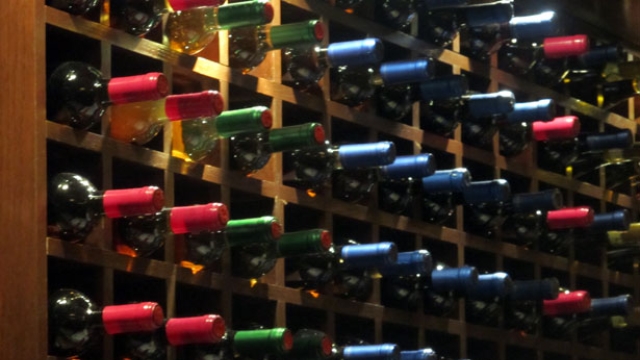
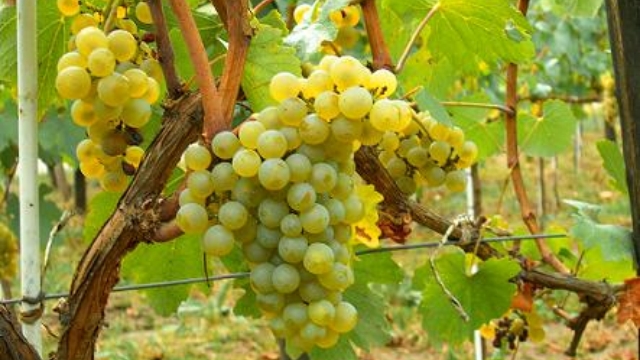
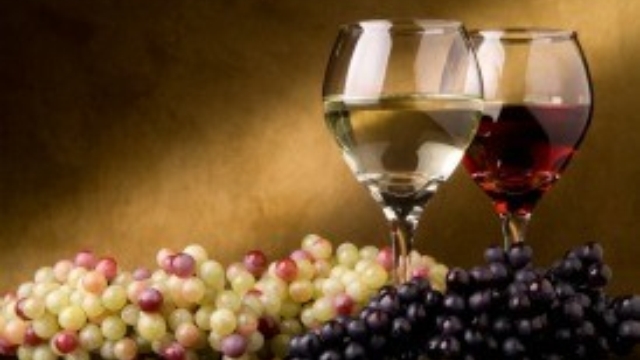
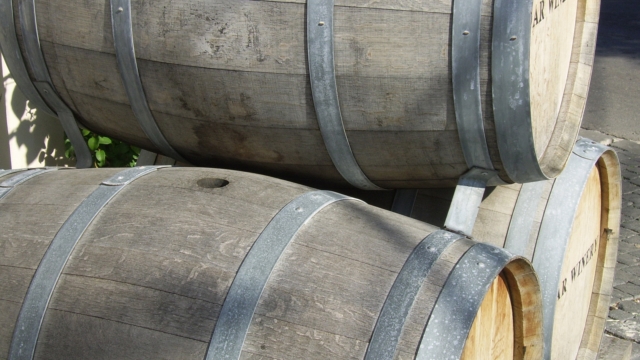
Advertisement:
Advertisement:
Quick page jumps:
(Synonyms: Amigne Blanche, Grande Amigne, Grosse Amigne, Petite Amigne)
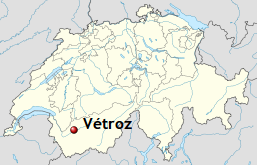
Amigne is a white-wine grape originating in Switzerland, and today grown almost entirely in the area of Vétroz, in the Valais region of Switzerland (and the grape and wine are often called “Amigne de Vétroz”). The quantities produced are relatively small, and is the case with so many excellent Swiss wines, are consumed mainly within the country, leaving precious little for export (one source says that fully 98% of Swiss-made wines are consumed domestically).
The wine can be, and is, made anywhere along the spectrum from dry to sweet. As a dry table wine, it is a big, full-bodied (though somewhat low-acid) white; the qualities often mentioned are citrus (notably orange) and stonefruit, which are common to many whites, plus herbaceous aromas and a bitter-almond taste, which are not. Other mentioned qualities include honey and flowers; Oz Clarke refers to a "brown-bread" quality.
The trend of late has been away from dry table wines to sweet versions, which many think a shame. Makers are now (as from 2005) using a bee symbol on their labels to convey the sweetness level (from one to three bees being the scope, and corresponding—roughly—to dry, off dry, and sweet). Most published descriptions of Amigne wines seem to have been copied from one another, or some Ur-writeup.
(There is actually a web site, created by Amigne vintners, wholly dedicated to the wine.)
Factoid: Amigne wine seems to be at least twenty centuries old, since Columella, in his work De Re Rustica, refers to Vitis aminea.
We are unable to locate any specimens of Amigne (at any sweetness level) retailing at less than $35, well over our cutoff point. There may well be some more reasonably priced bottlings in limited retail availability in smaller specialty shops, and if you see a bottle anywhere at an affordable price—and the “bee count” (sweetness) is to your taste—by all means grab it. (Even the very few and rather expensive bottlings we could find seem mostly to be at least of the “two bee” sweetness level, not really table wines.)
Since Amigne retail prices begin at about $35 and run up to about $50, any bottle of Amigne is a “splurge”. This stuff looks to be Rolex-like: its main purpose seems to be to show that you have too much money.
Here are links to searches for Amigne wines—help yourself:
Advertisement:
Advertisement:
|
|
This site is one of The Owlcroft Company family of web sites. Please click on the link (or the owl) to see a menu of our other diverse user-friendly, helpful sites. |
|
| (Note: All Owlcroft systems run on Ubuntu Linux and we heartily recommend it to everyone—click on the link for more information). | ||
|
All content copyright © 2024 The Owlcroft Company
(excepting quoted material, which is believed to be Fair Use). |
This web page is strictly compliant with the W3C (World Wide Web Consortium) Extensible HyperText Markup Language (XHTML) Protocol v1.0 (Transitional) and the W3C Cascading Style Sheets (CSS) Protocol v3 — because we care about interoperability. Click on the logos below to test us!
This page was last modified on Saturday, 30 October 2021, at 11:26 pm Pacific Time.
Some Descriptions of Amigne Wines
“The grape can make rich, full bodied wines. Dry Amigne wines are powerful with linden aromas, and it is also used for sweet dried grape wines (flétri), which tend to have citrus fruit and bitter almond aromas.”
“Amigne-based wines tend to be full-bodied and aromatic, with citrus, stonefruit and herbaceous aromas and an almond taste. They are said to be best drunk between five and 10 years old. [Sweet] Amigne wines are produced by drying the grapes before pressing them, concentrating flavors and giving a sweet wine, one which retains all the delicate citrus scent found in the drier styles. Amigne is considered best grown in sunnier spots along the uppermost reaches of the Rhone river. There, in Switzerland’s Valais region, the cool alpine air and bright, intense sunshine allows the grapes to ripen with great aromatic complexity before reaching or surpassing their peak sugar (and potential alcohol) levels. Wines grown in particular recognized vineyards above the village of Vetroz may be labeled Grand Cru de Vetroz. In this region, topography and altitude profoundly affect the growing conditions and the wine styles produced.”
“The wine made from the Amigne grape variety can range from dry to sweet wines. It has a delicate fruity note to it, reminiscent of mandarins or peaches, and has a hint of tannin and sometimes vanilla and honey. Wine from Amigne has good aging potential and will frequently reach its peak when it is 5 to 10 years old.”
“Wines that are based on these grapes are full bodied and full of aroma. It comes with some citrus scents, some stonefruit and aromas of herbs with a slight taste of almond. It is ideally drunk between its age of five to ten years old.”
“The Amigne yields a rich and powerful wine, whether dry, semi-dry or sweet. Notes of apricot jam and mandarin accent the nose. On the palate, its powerful body is balanced by vigorous acidity and a tannic finale. The Amigne reaches optimum drinking pleasure after 5 to 10 years in the cellar.”
“Amigne is a white grape variety grown predominantly in the Valais region for the past two thousand years. Amigne produces wines that are typically full-bodied and with great aromatic complexity, while scents of citrus and stone fruits prevail. Wines grown in the village of Vetroz are labeled Grand Cru de Vetroz…In fact, in the drier styles of Grand Cru de Vetroz, citrus fragrances abound. With most Amigne wines there is also the delightful taste of almond on the palate. These wines typically age well and are often drunk between the ages of 5-10 years.”
“It has a rich, full texture like chenin blanc, and sometimes I could sense a touch of honey on the palate. Amigne, like chenin blanc, is also versatile, producing wines that are dry, have a touch of residual sugar, or are highly sweet. In fact, some bottles of amigne de Vétroz use the bee system of indicating sweetness. One bee is a dry wine, two bees has some noticeable residual sugar and three bees, enough sugar to leave you buzzing, oh yeah.”